- Security
- Privacy
- Performance
Is your iPhone acting up? It might be a malware infection. We’ll show you how to remove viruses on an iPhone and iPad, and how to help protect against future iOS malware attacks with specialized iOS security software like Avast One.

If you’ve found a malicious or suspicious app on your phone, it's time to remove the virus from your iPhone completely. Here’s how to remove malware from an iPhone:
Sometimes the easiest way to remove an iPhone virus or stop malicious activity is to restart your phone.
Here’s how:
Hold the power button
Move the slider to the right and wait a few seconds
Press the power button again to restart your iPhone

Many types of malware rely on exploiting outdated versions of iOS to infect your iPhone or iPad.
Update your Apple iOS software to get regular security fixes and get rid of viruses on your iPhone.
Here’s how:
Open iOS Settings
Tap General
Choose Software Update
Tap Download and Install
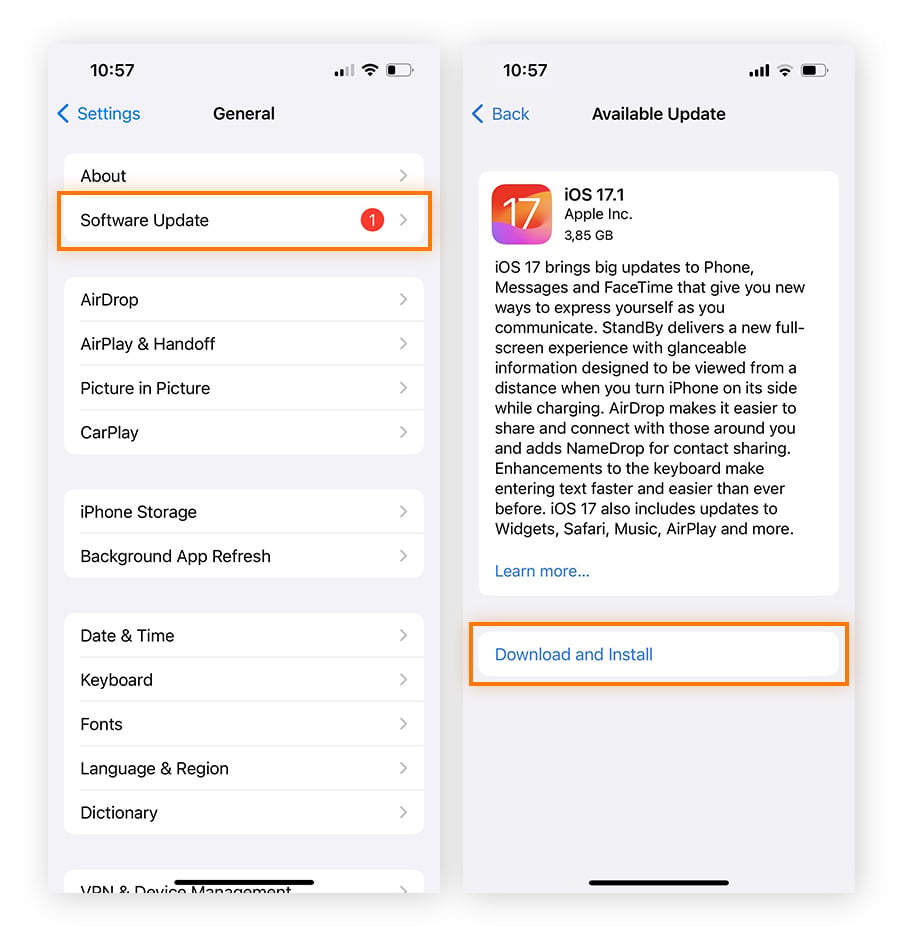
If you think an infected website gave your iPhone a virus, clear your browser data.
Here’s how to get rid of iPhone malware by deleting your iPhone browsing history on Safari:
Open Settings
Tap Safari
Choose Clear History and Website Data
Tap Clear History and Data

Unfamiliar apps on your iPhone could be malicious, so removing them might help get rid of an iPhone virus.
If you find a strange app, here’s how to delete it: Long-press the app icon and tap Remove App to get rid of the iPhone app.

Restoring your phone to a backup made before you noticed problems can help get rid of an iPhone malware infection.
Here’s how:
Open iOS Settings
Go to General
Tap Transfer or Reset iPhone
Choose Erase All Content and Settings
Tap Continue
Finally, select Restore from iCloud Backup.
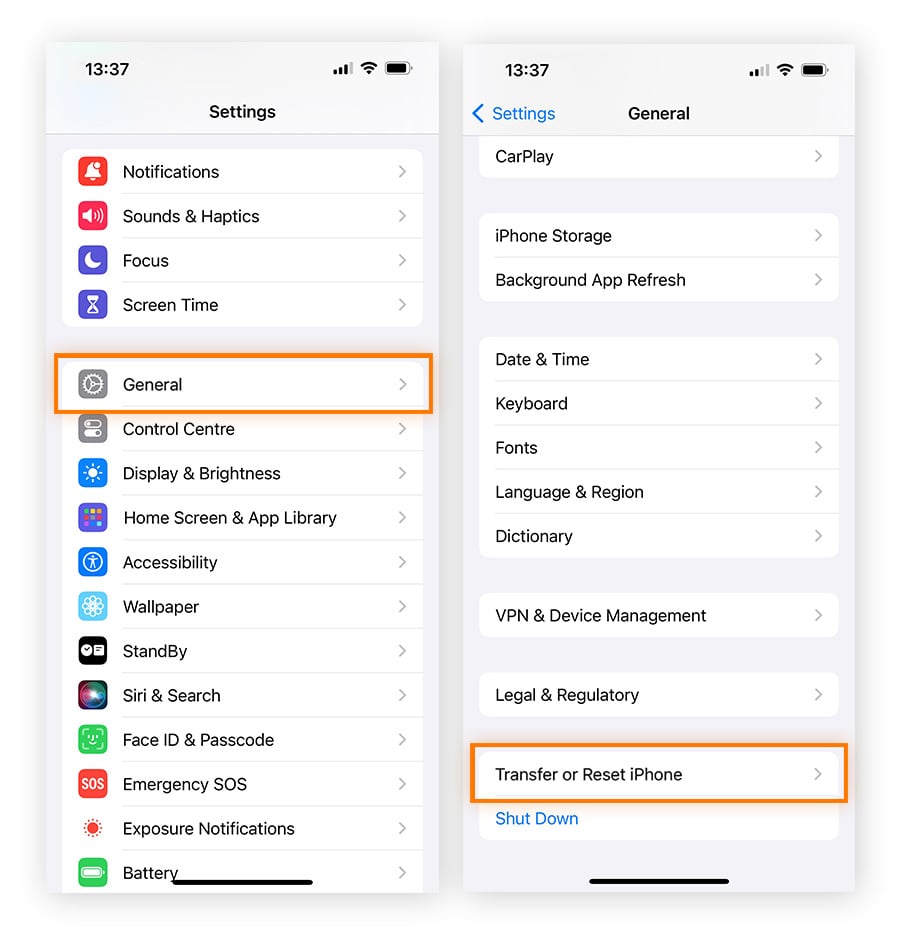
If none of the solutions above work, your final option is a factory reset. Though irreversible, a factory reset can help get rid of iPhone malware.
Here’s how:
Open iOS Settings
Go to General
Tap Transfer or Reset iPhone
Choose Erase All Content and Settings
Tap Continue
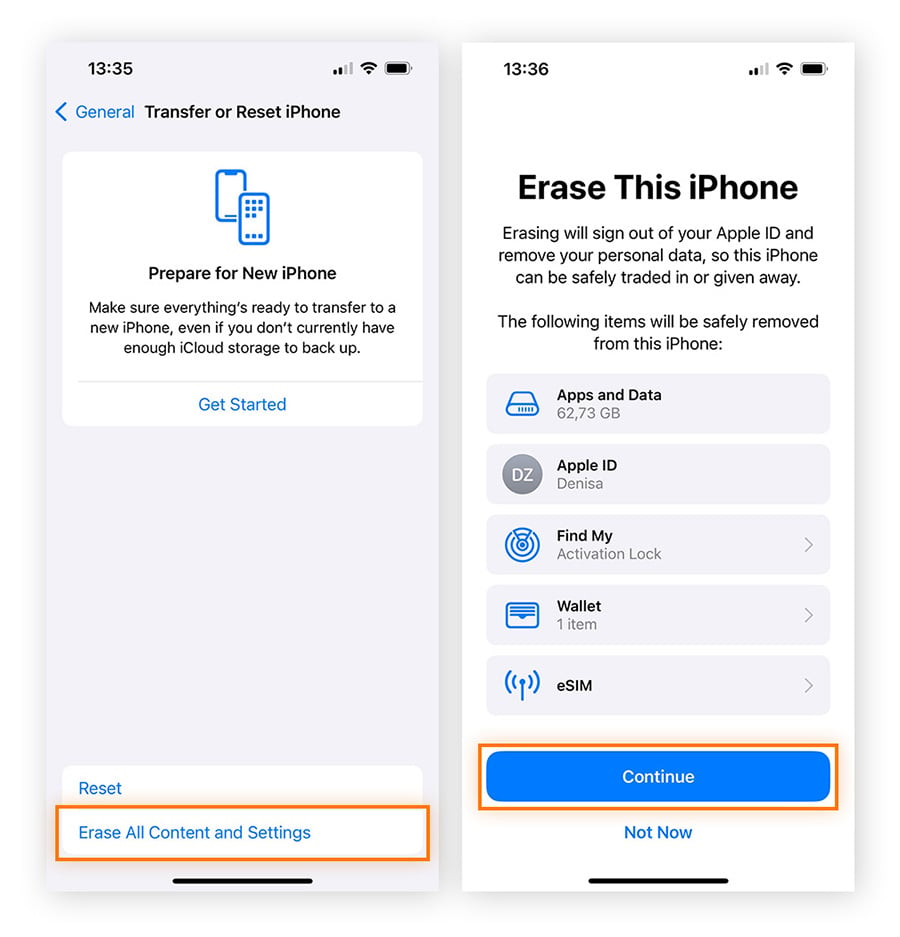
Avast One's built-in Web Shield feature lets you browse securely, helping to defend your device from dangerous websites that could infect you with malware. Start protecting your iPhone from viruses and other malware today with Avast One.
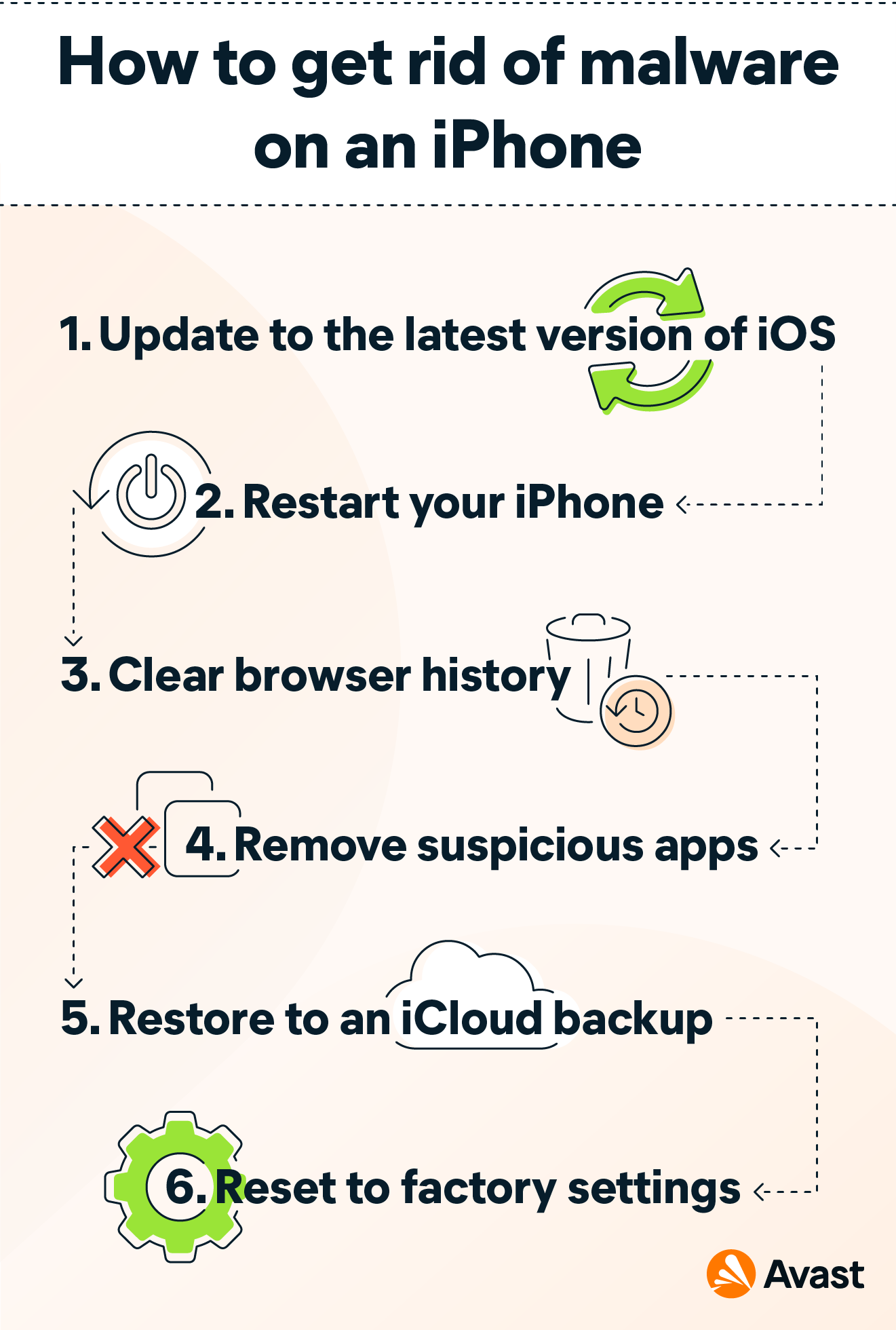
Use strong internet security measures that help you avoid common online security threats, such as malicious websites and apps. Then follow these steps to protect your iPhone or iPad from viruses, malware, and other threats:
Open iOS Settings and scroll to General.
Tap Software Update and ensure Automatic Updates are turned on.
If Automatic Updates are turned off, tap the setting and turn on each toggle. This ensures iOS updates are installed as soon as they're available and keeps malware off your iPhone or iPad.
Jailbreaking removes Apple’s built-in security measures and lets you customize iOS beyond its default options. But jailbreaking leaves you vulnerable to malware and phone hacking.
Never jailbreak your phone unless you’re confident in what you’re doing — and even then, be very careful.

Whether you receive them via email, SMS, or via your favorite secure messaging app, never download or open attachments that you aren’t expecting.
Unknown attachments can be malicious and may infect your phone with malware.
While iOS itself is pretty secure against malware, your iPhone isn’t immune to every threat. Hackers can collect your personal data over unsecured networks, and data breaches can leak your passwords on the dark web.
Avast One fills the gaps that iOS can’t cover by running regular iPhone malware scans and safeguarding your device with extra protection. Secure your iPhone against dangerous websites, data leaks, and more with Avast One.
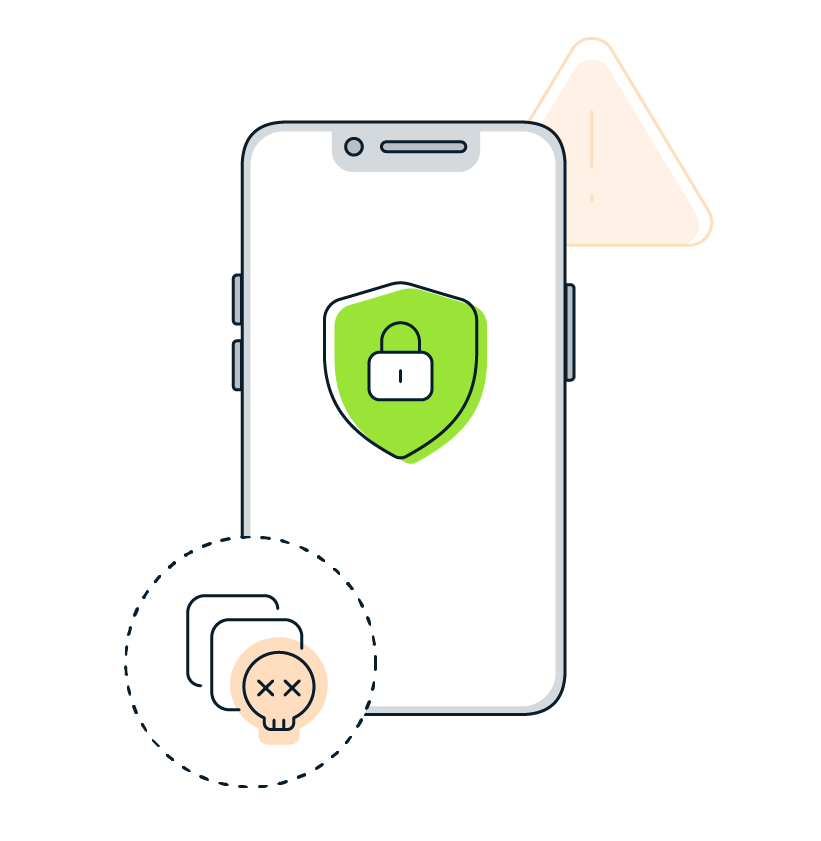
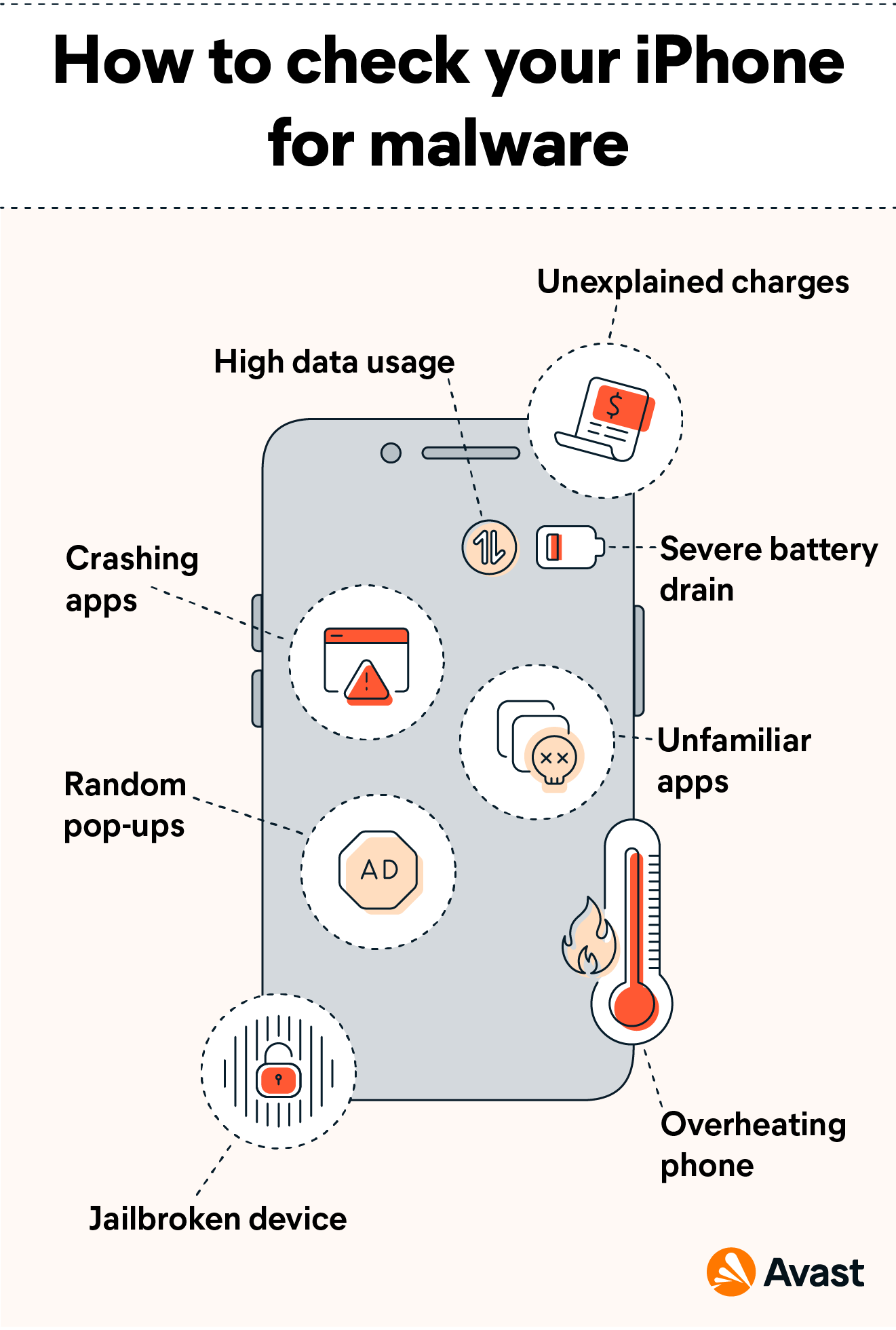
Check your iPhone for viruses and other cyber threats with Avast One. Our comprehensive security and privacy tool can help prevent iphone viruses by scanning for malware as you connect to websites, and by keeping your online sessions encrypted for extra online privacy. Get Avast One free today.
Though rare, iPhones can get viruses and other malware, especially if the phone is jailbroken or the owner is targeted in a spear phishing attack. But it’s very difficult for an iPhone to get infected with malware, as the iOS ecosystem is tightly controlled and third-party apps go through rigorous approval before being sold in the App Store.
So, can iPhones get viruses? In short, not normally. It’s more likely you’ll need to know:
Hackers are always improving their tools and techniques. So while there may not be much malware on iPhones at the moment, that could change. It’s always good to have an iPhone antivirus tool on hand in case something slips through.
Jailbroken phones are at a much greater risk of malware infection than stock devices. When you jailbreak your iPhone, you bypass Apple’s built-in restrictions that otherwise prevent you from installing unapproved apps and making other changes.
Because jailbreaking subverts your phone’s security measures, it leaves you vulnerable to data theft and malware infection. So if you jailbreak your device, thoroughly vet any apps before installing them.
If your iPhone is infected with malware, it likely won’t go away on its own. Act quickly to remove the virus or malware from your iOS device and restore your privacy and security.
Historically, cybercriminals were less likely to design malware for Apple devices because they were less popular. But as Apple products become more widespread, it’s important to learn how to get rid of malware on iPhone and iPad in case something malicious sneaks in.
Knowing how to remove malware from your iPhone is just one step toward iPhone safety. Here are some other common threats to iPhone and iPad:
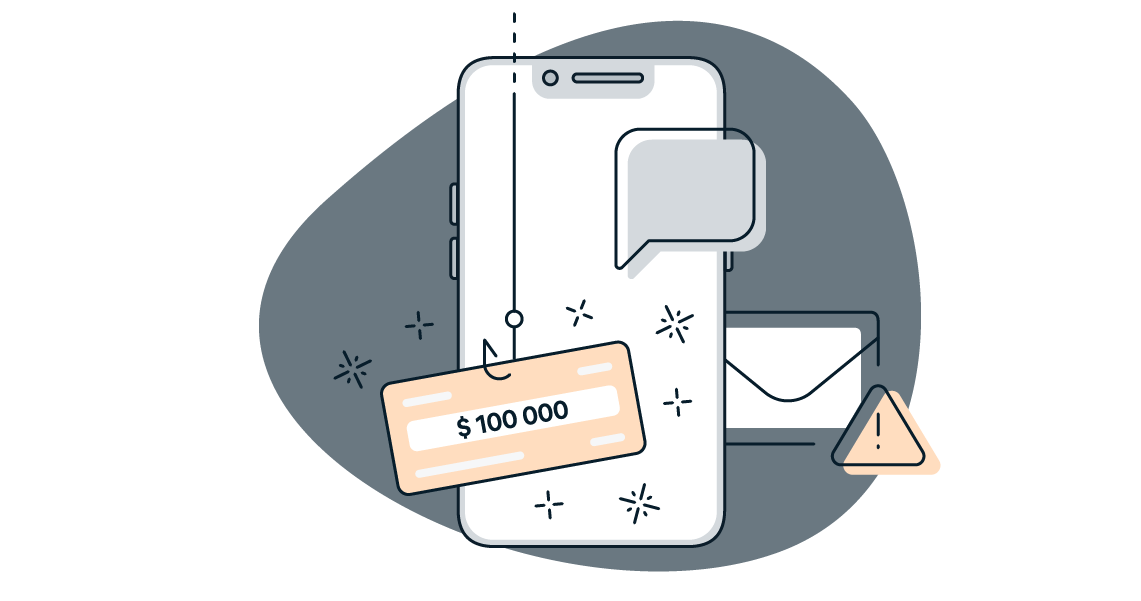
One of the internet’s most enduring threats are phishing attacks, which lure victims with “bait,” such as spoofed emails. These scams trick victims into revealing their sensitive personal information, or clicking a fraudulent link or attachment that installs malware onto your iPhone.

Phishing’s large-scale cousin, pharming, redirects visitors browsing the web to scam websites that look convincingly like the authentic sites they’re used to. As you log in to the site, your account credentials and passwords can be harvested, or your iPhone can pick up a nasty malware infection.
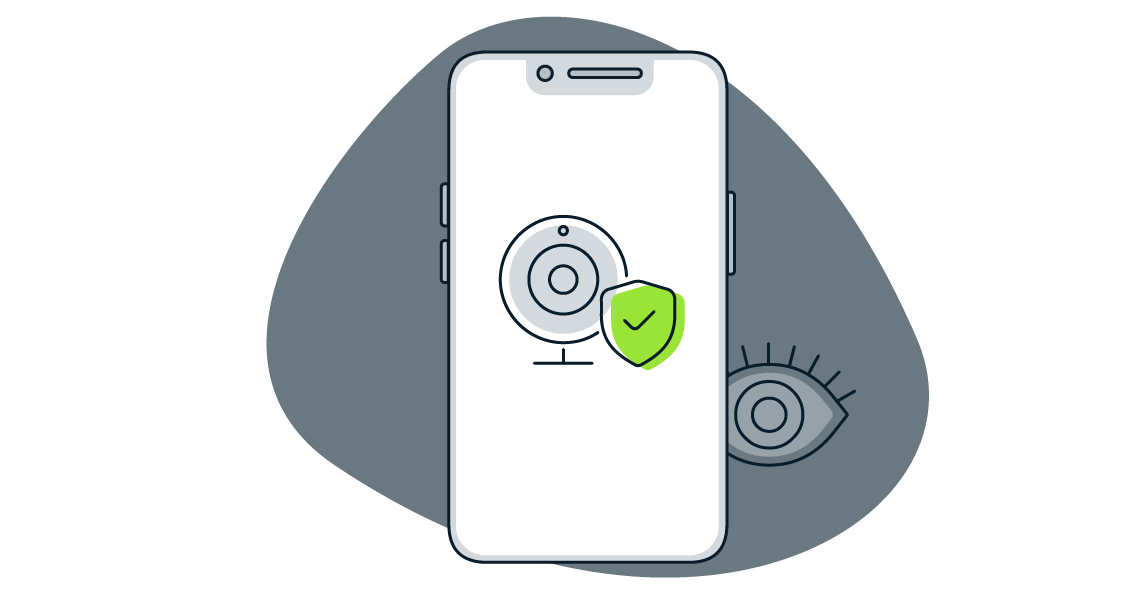
Webcam security is another area of risk. Most laptops and mobile devices feature front-facing cameras, making them ripe targets for attacks. In early 2019, hackers exploited a security flaw in the macOS app for video conferencing platform Zoom to spy on users via webcams.
Preparation is the most reliable defense against threats. Take a proactive step toward keeping cybercriminals out of your iPhone or iPad with Avast One for iOS.
Avast One isn’t just a powerful antivirus. It also detects malicious websites in real time to help prevent hackers from stealing your data or downloading and installing malware onto your phone. And the leak-monitoring feature notifies you immediately if any of your passwords have leaked, helping you keep your accounts secure.
Get advanced threat-detection technology — secure your iPhone today with Avast One.
The best way to know if you have an iPhone virus is to check for the following signs: unfamiliar or crashing apps, lots of Safari pop-ups, unusual charges or data usage, a rapidly draining battery, or a consistently hot phone.
As your device ages, you may notice a decrease in speed or battery life. That’s normal, and usually performance issues are caused by age or outdated software. So before considering how to remove viruses from your iPhone, try cleaning up your iPhone and boosting its speed.
A virus is a malicious bit of software designed to infect devices by spreading from one to another. iPhone viruses, which can be found on jailbroken devices, are no different — they hijack the resources of their host systems to replicate and propagate to other devices.
If your iPhone is acting strangely, it’s more likely caused by a wonky app than by malware — unless it’s jailbroken. So before trying iPhone virus removal, check your apps to make sure everything is working properly.
The most common way for viruses and other malware to infect your iPhone is if you’ve jailbroken your device and installed unvetted apps or visited unsafe websites. And, though rare, iPhone malware isn’t unheard of — for example, Pegasus spyware can infect iOS devices. That’s why using a free iOS security app is so important.
Because of the unique architecture of iOS hardware and software, an iPhone can’t get a virus from a compromised website unless it’s jailbroken. But that doesn’t mean they’re completely immune to all malware. Now that smartphone use is ubiquitous, hackers have been hard at work crafting all sorts of malware for mobile devices and computers alike.
There are no known viruses on iPads. iPads run the same highly-secured Apple operating system that powers iPhones, so there’s little risk of your iPad getting a virus. But other forms of malware, such as spyware, have been known to infect iPads.
If you do run into a problem with your iPad, the process of removing spyware from an iPad is the same as getting rid of viruses on an iPhone. So if you know how to cure your iPhone, you’ll also know how to clear viruses from your iPad.
Get free virus protection for your Windows PC with Avast One
FREE DOWNLOADGet free virus protection for your Mac with Avast One
FREE DOWNLOADGet free virus protection for your Android phone with Avast One
FREE INSTALLGet free malware protection for your iPhone with Avast One
FREE INSTALL